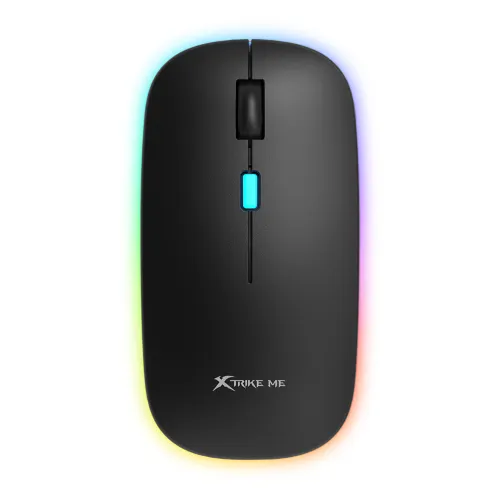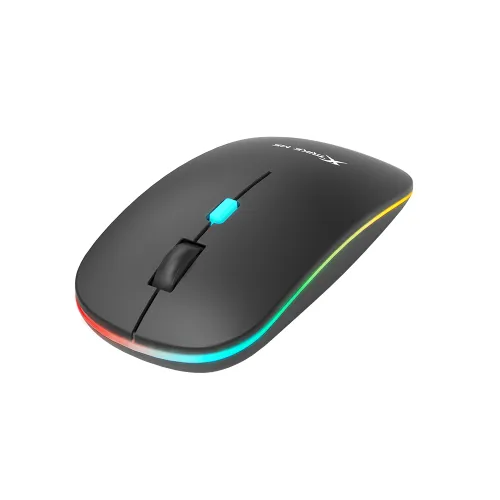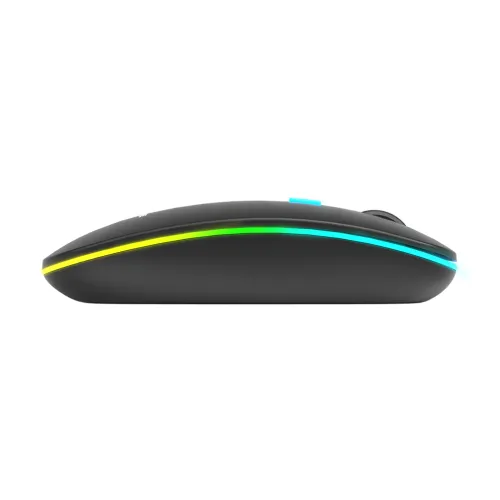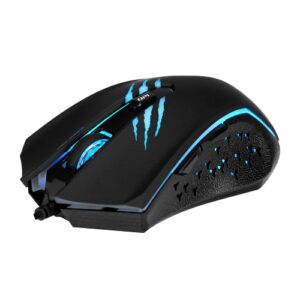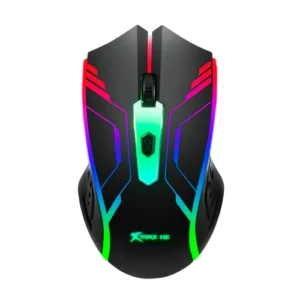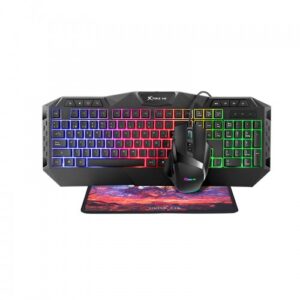Key Specifications and Features
Wireless optical gaming Mouse have gained considerable popularity among gamers due to their impressive specifications, which greatly enhance performance. One of the primary aspects to consider is the number of keys. Typically, gaming Mouse are equipped with additional buttons that extend beyond standard configurations. This allows gamers to assign various functions or commands, providing a competitive edge in fast-paced gameplay.
Another crucial specification is the connection type, with wireless connectivity becoming increasingly vital. Wireless gaming Mouse utilize advanced technology to ensure seamless communication with the computer without the encumbrance of a cable. This freedom of movement can enhance gameplay by allowing players to reposition themselves without restriction, making the overall gaming experience more enjoyable.
The sensor type is also paramount, with optical sensors being favored for their precision and responsiveness. These sensors track movement more accurately compared to traditional laser sensors, allowing for smoother cursor control and improved aiming during gameplay. Moreover, resolutions settings, often adjustable, can significantly impact user experience. For instance, Mouse that offer customizable DPI settings at intervals such as 800, 1200, and 1600 provide users the flexibility to switch between sensitivity levels seamlessly. This adjustment capability ensures that players can adapt their control to different games and scenarios.
The polling rate of 125Hz is another important specification, determining how often the mouse communicates with the computer. Higher polling rates result in faster response times, translating to more accurate movements on-screen. Additionally, the length of the cable (for wired options) can influence gaming setups, as shorter cables may limit mobility or create clutter, while longer options provide more flexibility in positioning. Understanding these essential specifications can empower gamers to select the right wireless optical gaming mouse tailored to their preferences and gaming style.
Physical Specifications and Durability
Wireless optical gaming Mouse have gained immense popularity among gamers, thanks in part to their advanced design and ergonomic features. The physical characteristics of these devices play a crucial role in user experience, primarily focusing on weight, dimensions, and aesthetic options. Typically, a gaming mouse in this category weighs around 65 grams and features dimensions of approximately 112 x 57 x 27 mm. This lightweight design is not merely for ease of movement; it also directly influences the precision and control a gamer experiences during intense sessions. Ergonomic considerations ensure that the mouse fits comfortably in the hand, allowing for prolonged usage without discomfort.
The design often comes with various color options that cater to personal preferences and gaming setups. The visual aesthetics of the wireless optical gaming mouse can enhance the overall gaming environment while complementing the user’s gear. A well-designed grip can significantly enhance overall comfort, particularly during extended gaming periods, reducing hand fatigue and optimizing performance.
Durability is another vital aspect to consider when evaluating wireless optical gaming Mouse. A robust switch lifecycle rated for 3 million clicks signifies the longevity of the device, making it suitable for gamers who engage in numerous gaming marathons without worrying about the mouse’s reliability. Additionally, manufacturers typically offer a 1-year warranty on these devices, providing assurance of quality and support for consumers. This warranty serves as a testament to the confidence that brands have in the durability and performance of their products, thereby instilling trust among gamers. As such, selecting a wireless optical gaming mouse with a strong emphasis on ergonomic design and durability features can significantly enhance a gamer’s overall experience and satisfaction.
